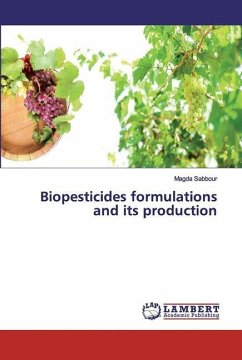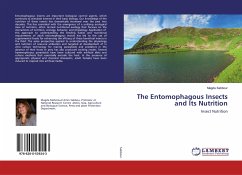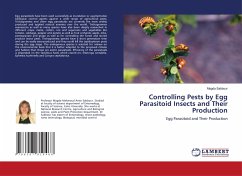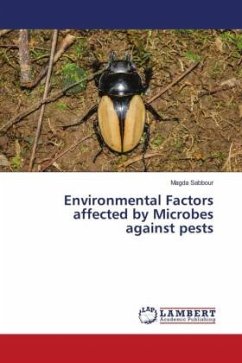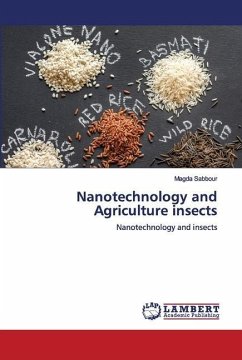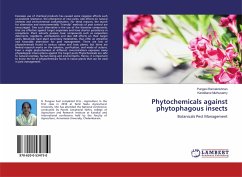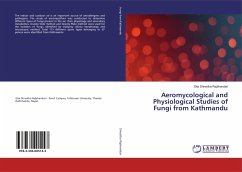
The Entomopathogenic Fungi Formulations Production and Its Application
Applications of the Entomopathogenic fungi formulations for pest control
Versandkostenfrei!
Versandfertig in 6-10 Tagen
36,99 €
inkl. MwSt.

PAYBACK Punkte
18 °P sammeln!
Entomopathogenic organisms used for microbial control include bacteria, viruses, fungi, protozoa, and nematodes. The comparison of entomopathogens with conventional chemical pesticides is usually solely from the perspective of their efficacy and cost. When environmental benefits including safety for humans and other nontarget organisms, reduction of pesticide residues in food, increased activity of most other natural enemies, and increased biodiversity in managed ecosystems are taken into account, their advantages are numerous in pest control. The association of fungi and insects cover the ent...
Entomopathogenic organisms used for microbial control include bacteria, viruses, fungi, protozoa, and nematodes. The comparison of entomopathogens with conventional chemical pesticides is usually solely from the perspective of their efficacy and cost. When environmental benefits including safety for humans and other nontarget organisms, reduction of pesticide residues in food, increased activity of most other natural enemies, and increased biodiversity in managed ecosystems are taken into account, their advantages are numerous in pest control. The association of fungi and insects cover the entire range of symbiotic relationship-from mutualism, through commensalisms, to parasitism. A broad range of biologies, from obligate parasitism to opportunistic pathogens that can survive saprophytically in the absence of living hosts have been documented for the entomopathogenic fungi



